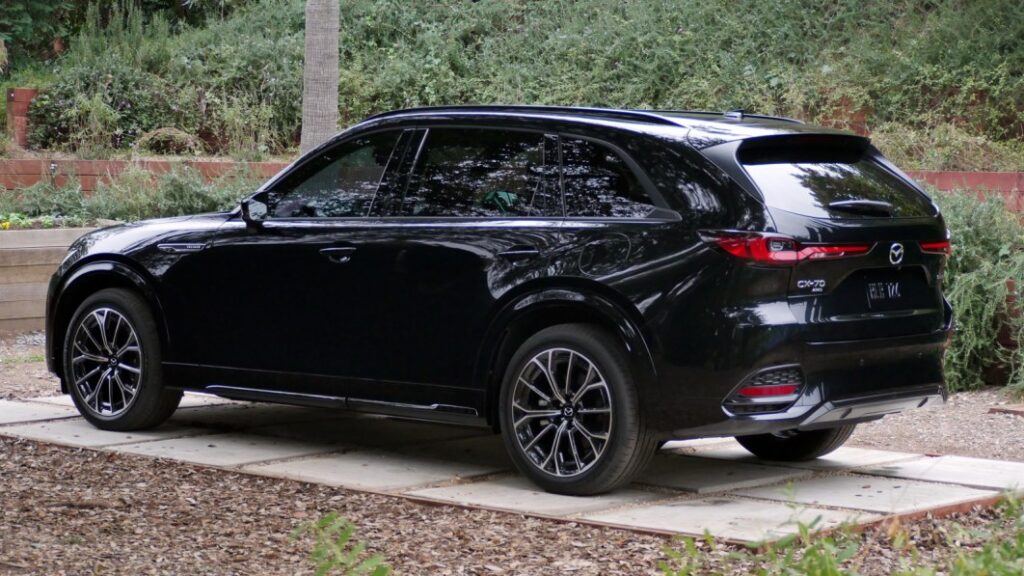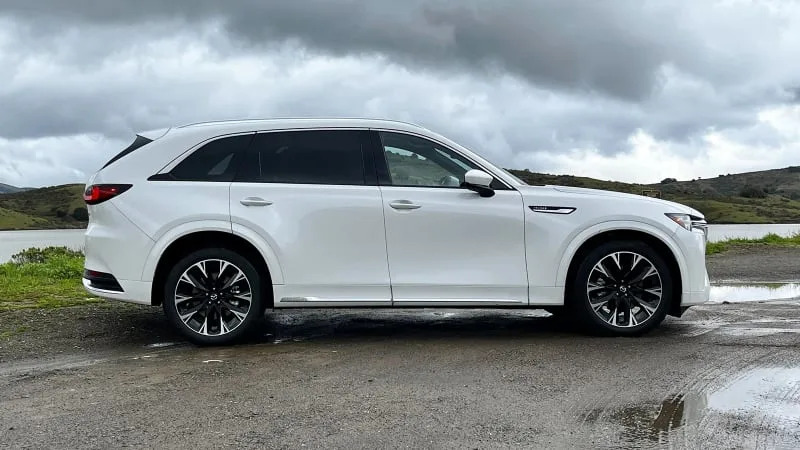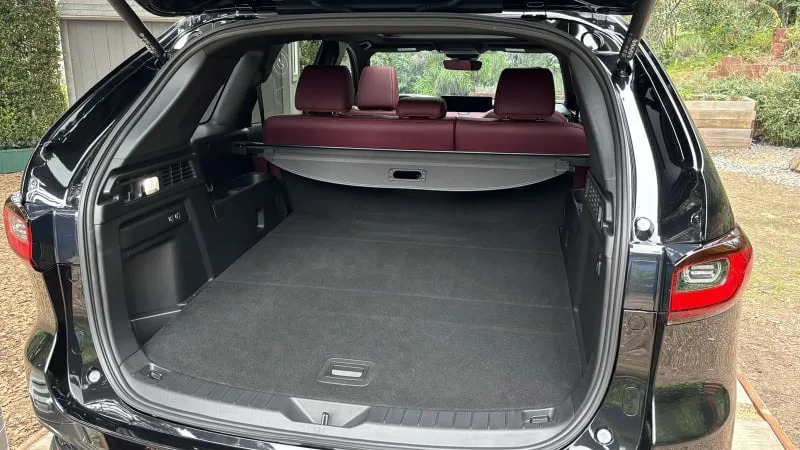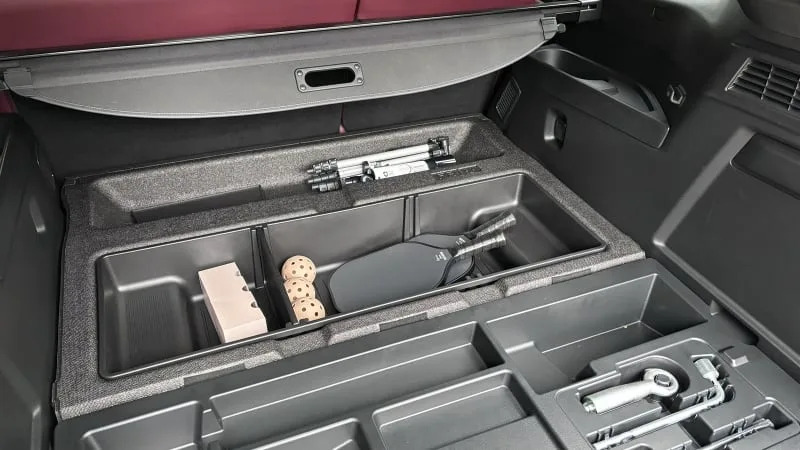2025 Mazda CX-70 Preview: Sure, why not? Small niche, small effort

If you’re struggling to tell how the 2025 Mazda CX-70 is different from the existing CX-90, give yourself a break. The CX-70 has a slightly different bumper and grille insert, plus the availability of gloss black exterior trim. Mazda didn’t reveal dimensions, but they should be identical to the CX-90’s apart from a whisker of an inch on account of that different bumper. The biggest difference is that the CX-70 is a two-row SUV. The CX-90 has three rows. That’s it. Both the turbo inline-size and plug-in-hybrid powertrains will be available, and the interior design is identical. What you’re looking at here is basically a two-row CX-90.
OK, so how on Earth does that warrant a whole other name? A marketing person wasn’t on hand to confirm this guess during our sneak preview, but logically it seems like it’s easier to sell a CX-70 than a “CX-90 Two-Row” or “CX-90 S.” Smaller name number = fewer seats. Simple, understandable.

10 points if you can tell which one is the CX-70 and which is the CX-90
OK, so why would anyone want a two-row CX-90? Three-row midsize crossovers are wildly more popular than their two-row counterparts — the Honda Passport sold 53,133 units to the Honda Pilot’s 143,062 back in 2021, the last full model and calendar year both SUVs belonged to the same generation. And as much as the Passport can be dismissed as a shortened, two-row Pilot, the similarities are vast compared to the CX-70 and CX-90.
Mazda says that there is indeed an admittedly small subset of buyers not interested in three-rows, and who would rather have some extra cargo versatility. This would be empty nesters or DINKs. It would also be more premium/luxury-minded customers, which explains why the CX-70 will only be available in upper trim levels and therefore start at a higher price (which is still TBA, BTW). While the CX-90 straddles the line between mainstream and luxury segments, the CX-70’s needle is pinged more to the fancy end. Think Lexus RX rather than Honda Passport or Chevy Blazer here.
OK, so why would a luxury-minded customer want the car with the lower number? That’s a question still to be answered. It’s also important to note that you don’t add that much cargo versatility.


Above you can see the difference between the CX-70 and Passport’s cargo areas since they are similar in concept. The Passport keeps the Pilot’s useful underfloor bin adjacent to the liftgate and relocates the spare tire from down below the car to inside just behind the back seat. This is because the shorter Passport has less space behind the wheels. The CX-70 has effectively the same body, so its spare tire remains in the same spot: inside, and below that large plastic piece adjacent to the liftgate. The Mazda’s bins are entirely where the third-row would be, which is difficult to access. I question how often someone would actually use these spaces, and if it really would be used more frequently than a third row, even by those who don’t really see themselves needing one.
Ultimately, though, it’s hard to get too worked up about what is a very low lift on Mazda’s part. Really, why not? The subset of people who do want a two-row SUV really does exist, even if smaller than those who want three rows. Honda would probably say that moving 53,133 Passports out the door was better than zero. Mazda also made the point that it currently lacks a midsize SUV and that it sees the segment growing. Perhaps no one will buy it, but at least Mazda didn’t dump loads of resources into something no one wants. Or maybe loads of people will buy it, and the ROI will be tremendous. Again, why not?




